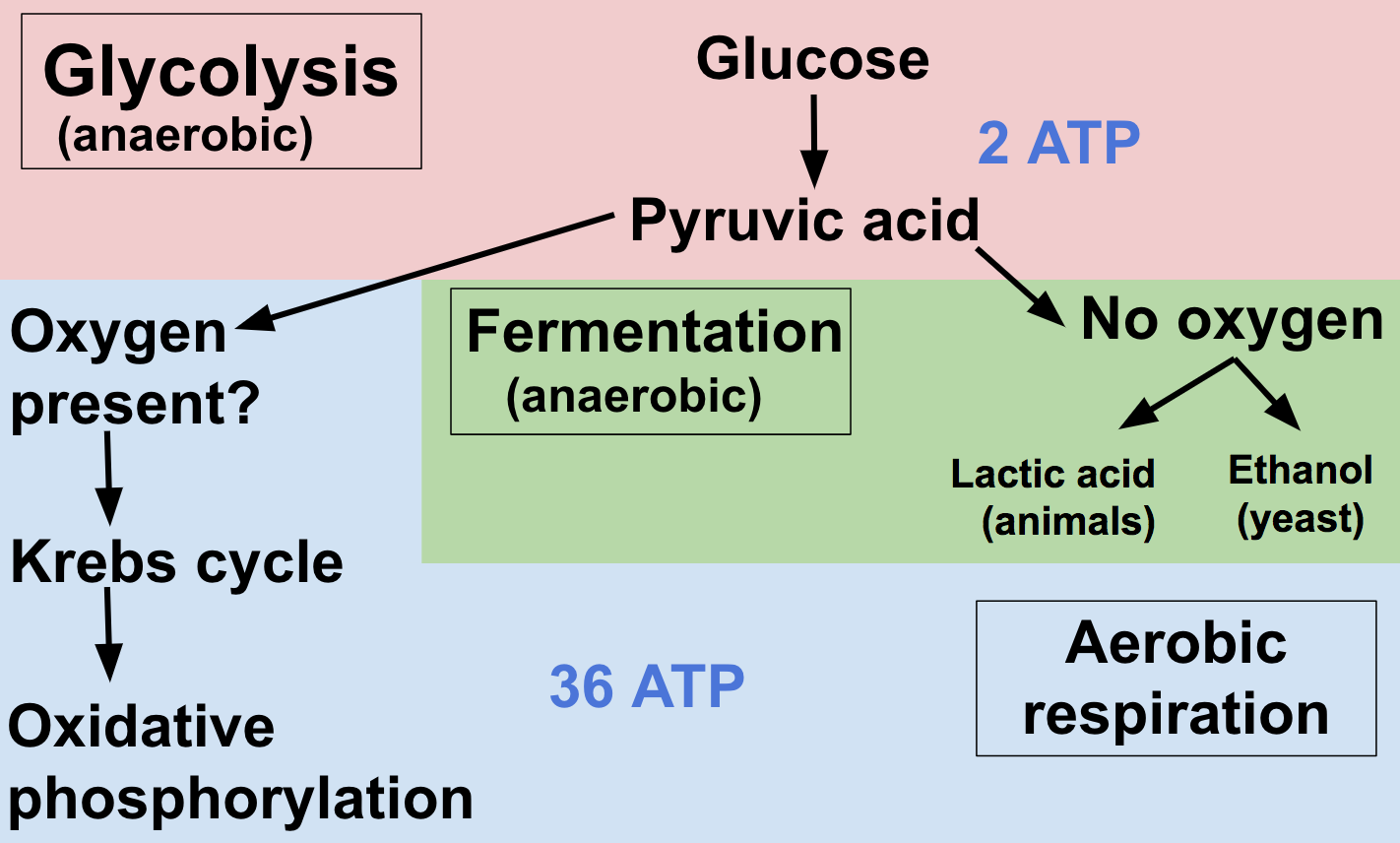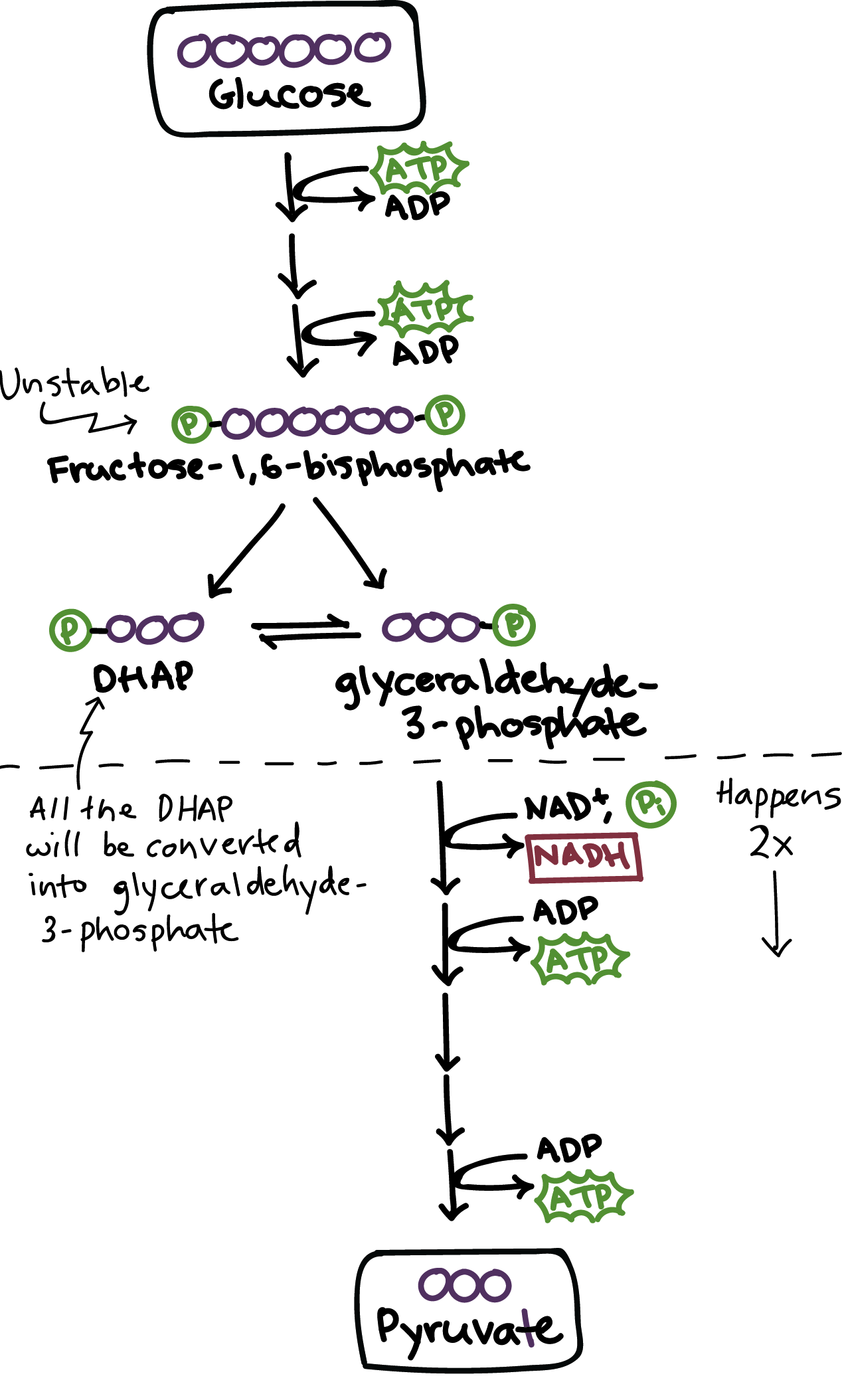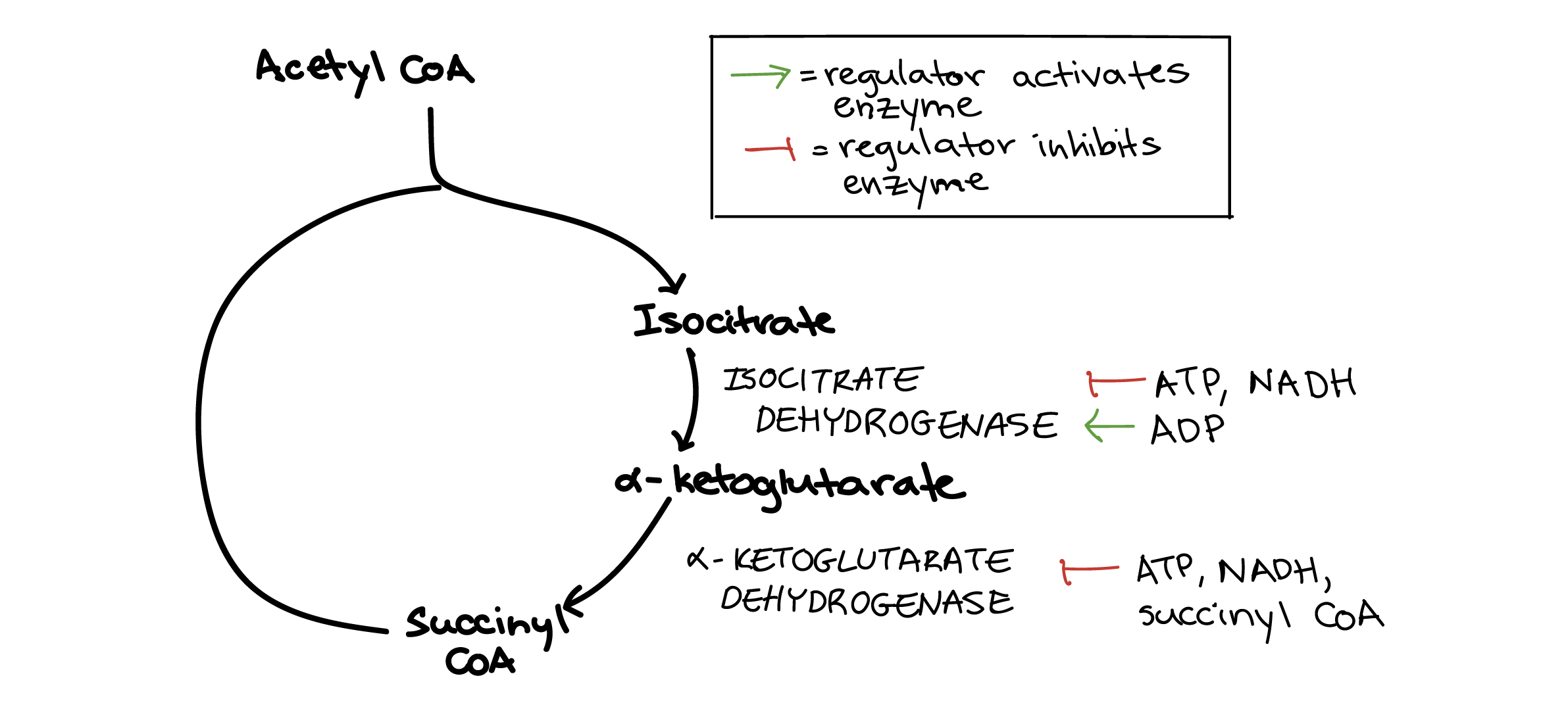Cellular Respiration Meaning In Biology

Google Classroom Facebook Twitter.
Cellular respiration meaning in biology. In the cells of any non-photosynthetic eukaryote such as a person bread mold or a paramecium glucose and oxygen are going to come from outside the cell. Cellular respiration is the process through which cells convert sugars into energy. Cellular respiration is a set of metabolic reactions occurring inside the cells to convert biochemical energy obtained from the food into a chemical compound called adenosine triphosphate ATP.
Cellular respiration is a set of metabolic reactions that take place in all living cells to release energy by converting biochemical energy from nutrients into adenosine triphosphate- ATP. To create ATP and other forms of energy to power cellular reactions cells require fuel and an electron acceptor which drives the chemical process of turning energy into a useable form. Heterotrophs like humans ingest other living things to obtain glucose.
In contrast to simple combustion cellular respiration involves the step-wise release of energy in a tightly regulated fashion. Cellular respiration is a set of metabolic reactions and processes that take place in the cells of organisms to convert chemical energy from oxygen molecules or nutrients into adenosine triphosphate ATP and then release waste products. Metabolism refers to a set of chemical reactions carried out for maintaining the living state of the cells in an organism.
Cellular respiration is a metabolic pathway that breaks down glucose and produces ATP. Aerobic respiration requires oxygen to fully oxidise the organic molecule. Signal transduction The transmission of signals from a cells outside to its inside.
The cellular context In the diagram at left 1 represents the cell exterior. ATP for use in energy-requiring activities of the cell. The process takes place in the cytoplasm of a cell.
Both aerobic and anaerobic respiration involve chemical reactions which take place in the cell to produce energy which is needed for active processes. Some organisms such as plants can trap the energy in sunlight through photosynthesis see Chapter 5 and store it in the chemical bonds of carbohydrate molecules. The respiration occurring at the cellular level wherein the cells produce energy by combining oxygen with food molecules is called cellular respiration.



















